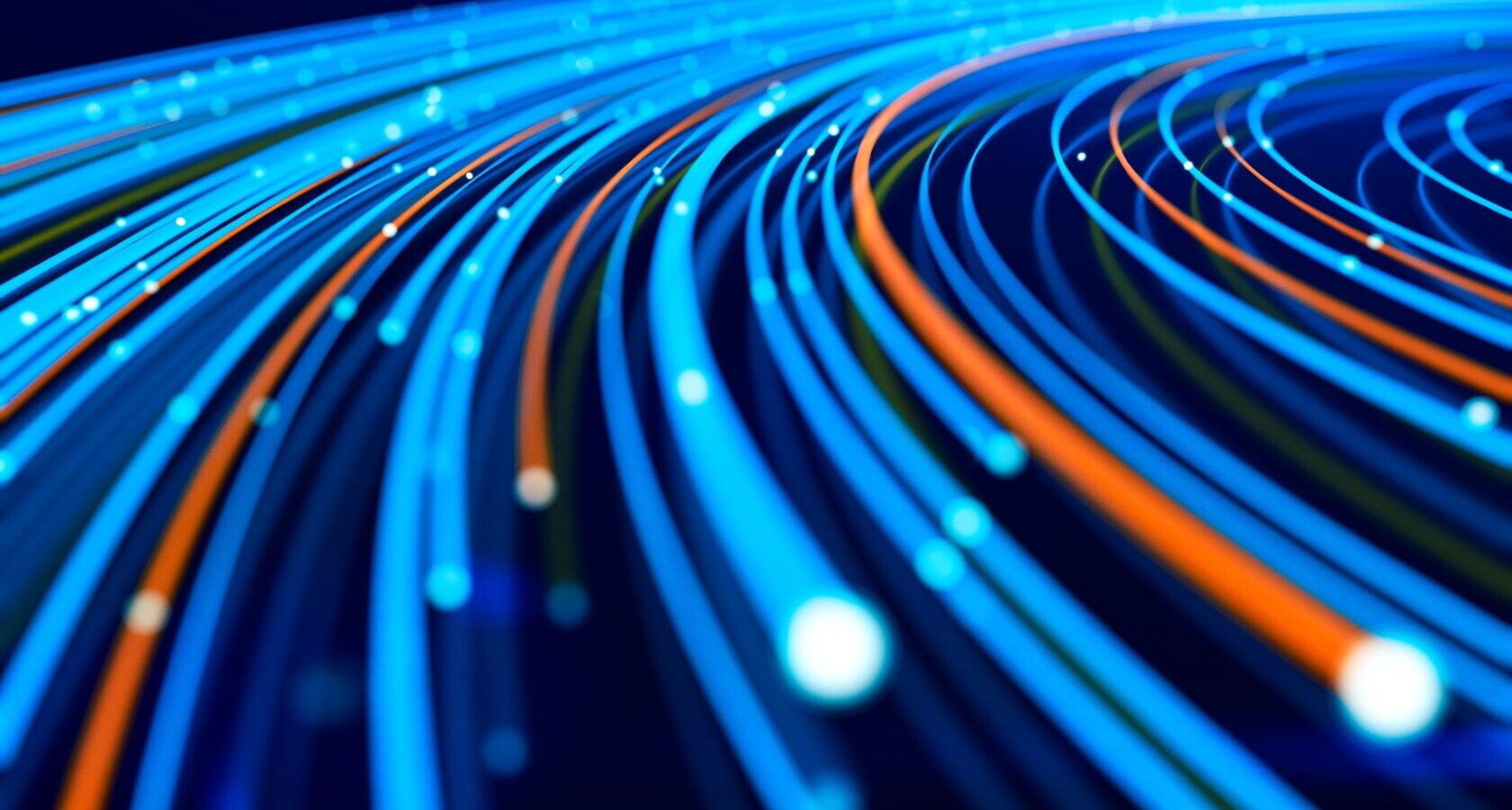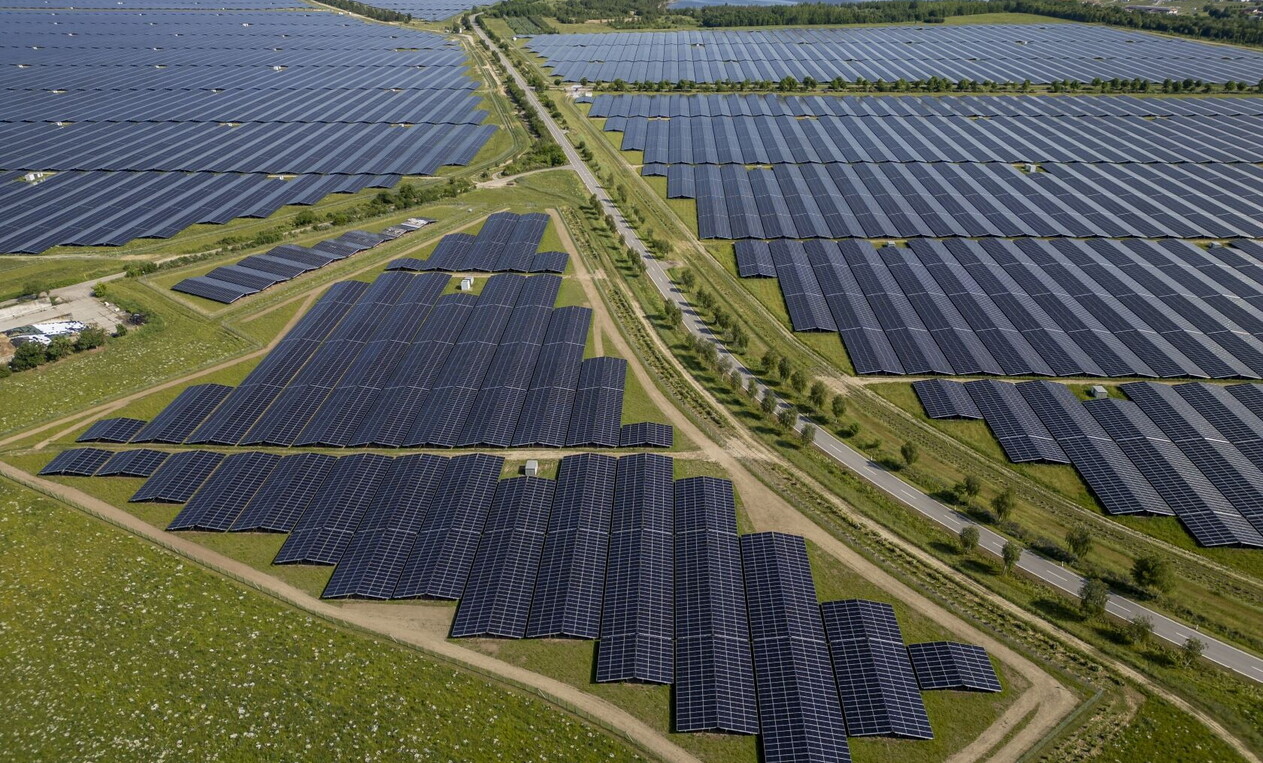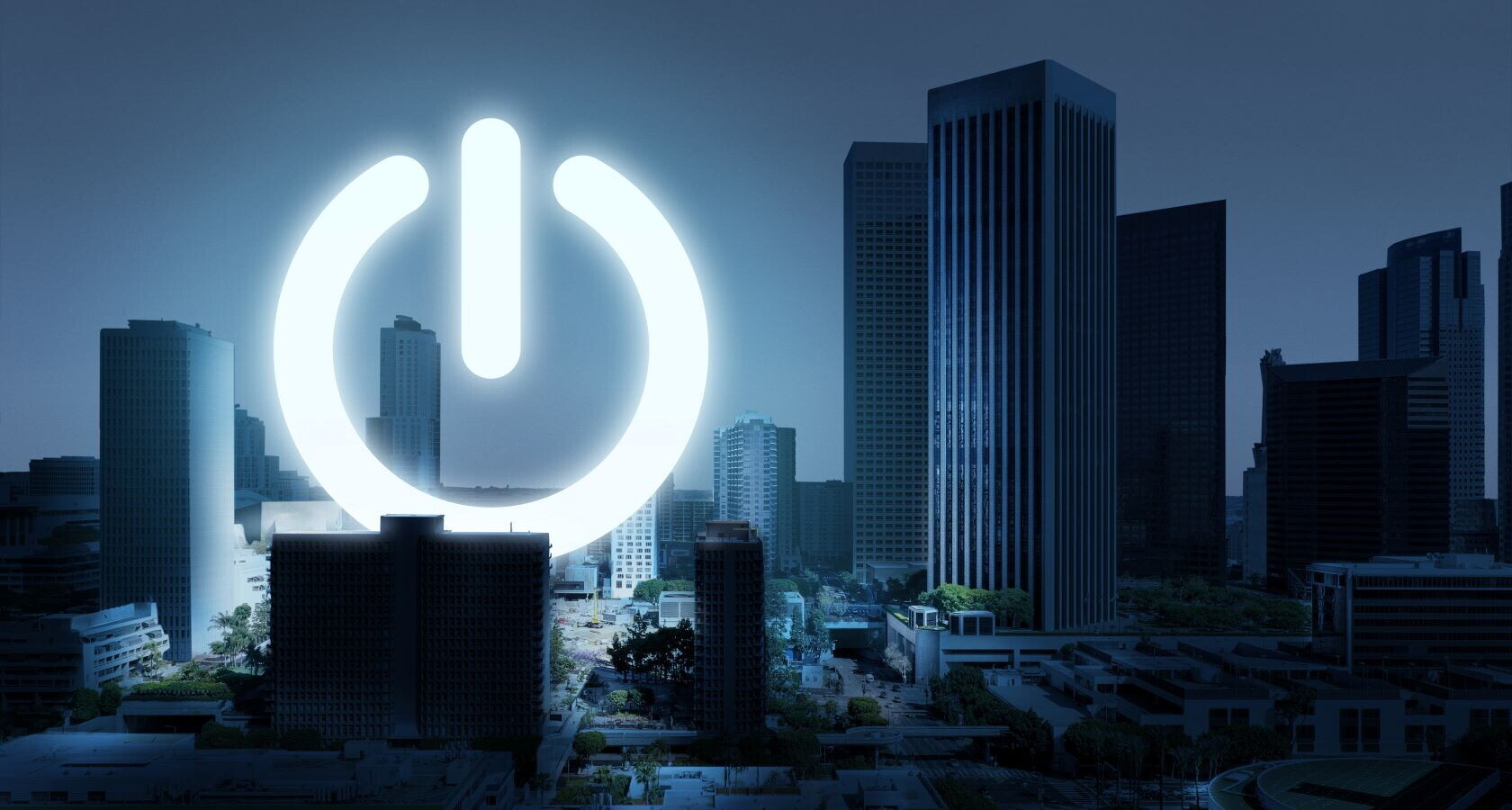
Zero emissions
The challenge of electrification
From industrial production to transport, the shift to electric energy is at the heart of Europe’s strategy for climate neutrality by 2050. But achieving this goal will require record investments in renewables, grids, and digitalization
8 minEurope is aiming to build a net-zero energy system by 2050, while also boosting short-term competitiveness through lower energy costs for industry and households and ensuring supply security. To achieve this, the EU must accelerate the integration of renewables by upgrading and expanding infrastructure to support widespread electrification and deploy complementary infrastructure for other energy carriers such as clean hydrogen.
This transformation will reshape trade flows, energy alliances, and economic competitiveness. IRENA’s new Regional Energy Transitions Outlook for the European Union outlines potential pathways.
Renewable capacity and transformation of end use sectors
According to IRENA’s “World Energy Transitions Outlook”, electricity is set to become the dominant global energy carrier by 2050, accounting for over 50 percent of final energy consumption in a 1.5°C-aligned scenario —up sharply from around 21 percent today.
Buildings, transport, and industry can decarbonize through heat pumps, efficient appliances, and electric vehicles—supported by flexible electrification strategies and decentralized energy systems. Delivering on ambitious renewable deployment targets is essential to achieving these goals. In harder-to-abate sectors —such as shipping, aviation, petrochemicals, and parts of the power system— green hydrogen and its derivatives will play a key role. However, current levels of investment and implementation fall short of stated ambitions.
Europe is a global leader in renewable electricity deployment
Europe is already a global leader in renewable electricity deployment. In 2024, it accounted for 14 percent of global renewable capacity additions —ranking ahead of the United States (7%) but well behind China (64 percent). However, meeting the EU’s 2030 and 2050 targets will require an unprecedented scale of infrastructure investment. Grid expansion, digitalization, cross-border interconnections, and the electrification of end-use sectors —either directly through electricity or indirectly via carriers like hydrogen— will be essential to manage variable renewable energy and ensure system reliability.
IRENA’s EU Regional Energy Transitions Outlook, particularly its Decarbonising Energy Scenario (DES), outlines alternative pathways and additional measures to reach the 1.5°C target —while reinforcing energy security and competitiveness. Under this scenario, EU renewable electricity generation would rise from 967 TWh in 2021 to 2,250 TWh by 2030 and 4,250 TWh by 2050, reaching 91 percent of total power capacity by mid-century. Achieving this requires doubling the share of renewable electricity to 71 percent by 2030 compared to 2021. Installed renewable capacity would grow from 491 GW to 1,250 GW by 2030 and reach 2,450 GW by 2050.
Electrification of end use sectors should accompany the renewables deployment
The share of direct electrification is expected to reach within the EU 33 percent by 2030 and 64 percent by 2050 of total final energy consumption, up from 22 percent in 2021.
New demands by hydrogen and derivatives
Though direct electrification is expanding in Europe, some sectors will continue to rely on indirect electrification as the most viable option. IRENA projects that clean hydrogen could represent up to 14 percent of global final energy use by 2050. In Europe, hydrogen is expected to play a key role in decarbonising industry, heavy transport, and providing seasonal energy storage. The EU Hydrogen Strategy sets a target of 40 GW of electrolyser capacity within the EU by 2030, plus an additional 40 GW in neighbouring regions for import.

IRENA’s DES shows that hydrogen production (blue and green) would scale from under 1 Mt to 10 Mt by 2040, and 20 Mt by 2050.
Hydrogen’s share of final energy consumption in Europe is projected to remain limited through 2030— reaching 10.6 Mt by 2030 and 36.8 Mt by 2050 (equivalent to 2 percent and 4 percent of final consumption, respectively). This underscores hydrogen’s role as a targeted solution for sectors such as industry and heavy transport, rather than a broad-based energy carrier. Its development will depend on global trade routes and coordinated EU planning.
While domestic production is central, strategic infrastructure for imports and storage will be essential to meet seasonal demand and ensure supply security. Key infrastructure requirements include regional hydrogen hubs, dedicated pipeline networks, and large-scale electrolysers, which are projected to reach 120 GW of capacity under IRENA’s Decarbonising Energy Scenario (DES) by 2050.
Grid expansion and digitalisation are both important
The European Network of Transmission System Operators for Electricity (ENTSO-E) presented in 2024 an assessment of the infrastructure needed to support Europe’s evolving electricity system. The plan identifies the need for significant grid development, the importance of interconnectors, storage needs. IRENA estimates in its DES scenario that total power sector infrastructure investment needs are EUR 5.5 trillion (2025–2050). Grid investments alone represent EUR 2.5 trillion, with the bulk required after 2030 to accommodate electrification and renewables. Battery storage investment reaches EUR 224 billion, with capacity exceeding 240 GW by 2050 to stabilize the grid.
Key bottlenecks in the EU include slow permitting processes, insufficient interconnection capacity, and limited system flexibility for integrating variable renewables. To meet rising demand from electric vehicles, heat pumps, and industrial electrification, infrastructure investments must be accelerated and strategically aligned with these evolving needs.
IRENA also underscores the importance of digitalisation in managing the complexity and enhancing the flexibility of future power systems. Investments in digital infrastructure —including sensors, data platforms, and cybersecurity— are as essential as those in physical assets. IRENA’s ongoing work for Canada’s 2025 G7 Presidency on digitalisation and AI for power grids reflects this growing priority.
Geopolitical shifts will impact the transition
The energy transition is reshaping global geopolitics. While renewables and hydrogen reduce reliance on a few fossil-fuel exporters by enabling broader geographic production, new dependencies are forming —particularly in clean technology supply chains. To address this, countries are focusing on diversifying sources of critical minerals for batteries and electrolysers, developing domestic or regional manufacturing capacity, and forging strategic hydrogen partnerships, notably with North Africa and the Middle East.
IRENA’s analysis indicates that hydrogen trade will be more regionalized than oil and gas, constrained by high transport costs. This gives Europe a strategic advantage through its proximity to renewable-rich neighbors and highlights the growing role of infrastructure diplomacy.
The EU’s industrial electrification rate is projected to rise from 31 percent to 61 percent by 2050, significantly cutting fossil fuel use in manufacturing. Heat pump deployment would reach 87 million units in buildings, largely replacing fossil-based heating systems.
This transition is reshaping the energy system into a decentralized, digitalized, and low-carbon network. Companies and governments must adapt accordingly. Fossil fuel-era companies may find strategic advantages by leveraging existing capabilities. Integrated infrastructure planning —connecting electricity, hydrogen, transport, and industry— and coordinated energy-industrial policies will be critical to reduce costs and enhance system efficiency.

